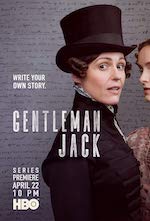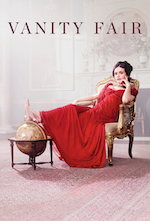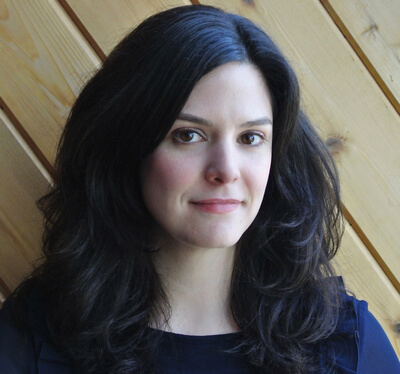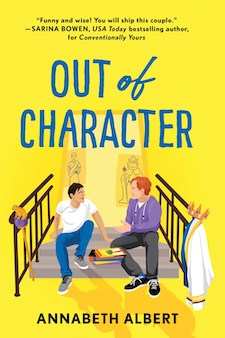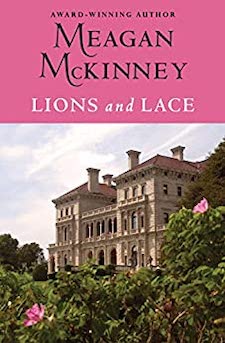Sonali Dev’s Recipe for Persuasion updates Jane Austen’s beloved final novel, Persuasion, to the present day, setting the classic second-chance romance amid the high-pressure world San Francisco food scene. Fans of Persuasion almost universally agree that a certain letter by main character Captain Wentworth is among the high points of the novel (if not of Jane Austen’s entire body of work). In this essay, Dev explores how the famous letter gave her hope as a young girl, helping her believe in the power of second chances.
You know that moment when you read something and you know your life is never going to be the same again? Well, imagine a 13-year-old girl reading Jane Austen’s Persuasion and encountering Captain Wentworth’s letter. I’m not sure if I grasped then the full impact it would have on me, but I remember losing sleep, I remember feeling restless, I remember being altered. The way sci-fi films show creatures mutating from one being to another with all the requisite agony. In retrospect, I was obviously experiencing my first book crush, but it was more than that. It was my adolescent self being given permission to believe that making mistakes was not absolute, that letting something you cherish slip from your hands didn’t mean that it was gone forever. The resulting relief and freedom were transformative.
It was my adolescent self being given permission to believe that making mistakes was not absolute, that letting something you cherish slip from your hands didn’t mean that it was gone forever.
As a young girl growing up in India, I often had this sense that how I felt about things didn’t match the messages the world was giving me. So much of what I was being told came from a place of fear. Risk-aversion, it seemed, was the overriding principle of childrearing. Everything was a zero-sum game. If you didn’t do well at school, didn’t get into the right professional college at 18, then you’d never have another chance at a “valid” career. If you got yourself mixed up with “the wrong kind of boy,” your reputation would be unsalvageable and your marriageability permanently compromised. Essentially, you got one chance at a career and at marriage, and those were the two wheels upon which your life’s cart rolled. It wasn’t entirely unwise, and it was incredibly socially convenient. It was also stunningly restrictive and just plain untrue.
If I didn’t have Captain Wentworth’s letter, I might have found other ways to believe that hope doesn’t end no matter how big your mistakes. I might have found other sources that reinforced my natural faith in the fact that there’s always another shot if you have the courage to take it. Fortunately, I did have the letter, and it taught me that we humans are essentially a bumbling lot who need to make often arduous, misstep-ridden journeys to self-awareness, and that without self-awareness we may never be ready for happiness. It also spurred my lifelong obsession with stories that explore hope and second chances. I might have set out to write Recipe for Persuasion as an homage to Anne Elliot and Fredrick Wentworth’s second chance, but really, it ended up being my homage to that letter. The one Captain Wentworth writes to Anne at the very end, after they’ve both come face-to-face with the strength of their feelings but before they know how to cross the chasm their past has put between them. That letter is what gives them their second chance.
In Recipe for Persuasion, I wasn’t interested in replicating Anne and Wentworth’s journey by way of scenes and plot—Austen did a spectacular job of that already. What I was interested in was taking the raw regret and hope in that letter and exploring it in a contemporary story. I wanted to place Ashna and Rico at that point of youthful weakness where they made mistakes that cost them their happiness, because who hasn’t made mistakes that did that? More importantly, though, I wanted them to make the journey from there to a place of strength where those mistakes could no longer hold them back.
“I am half agony, half hope,” is generally acknowledged as the highlight of the letter, and those words are beautiful. Even more beautiful to me is the part where Wentworth finds the courage to yet again give in to the feelings that once took so much from him, and to own his mistake in running from them. “I have loved none but you. Unjust I may have been, weak and resentful I have been, but never inconstant.” Without this self-awareness, there is no way to let go of the past. And letting go of the past and forgiving yourself for it is the only path to a second chance.
Growing up, when everything was telling me to be perfect from the get-go or lose, these were words that told me that courage, love and constancy won out over bad judgment and that there would always be another chance. Exploring that truth through Ashna and Rico’s story was something I had to do for the 13-year old girl who had felt such hope from reading that letter.











